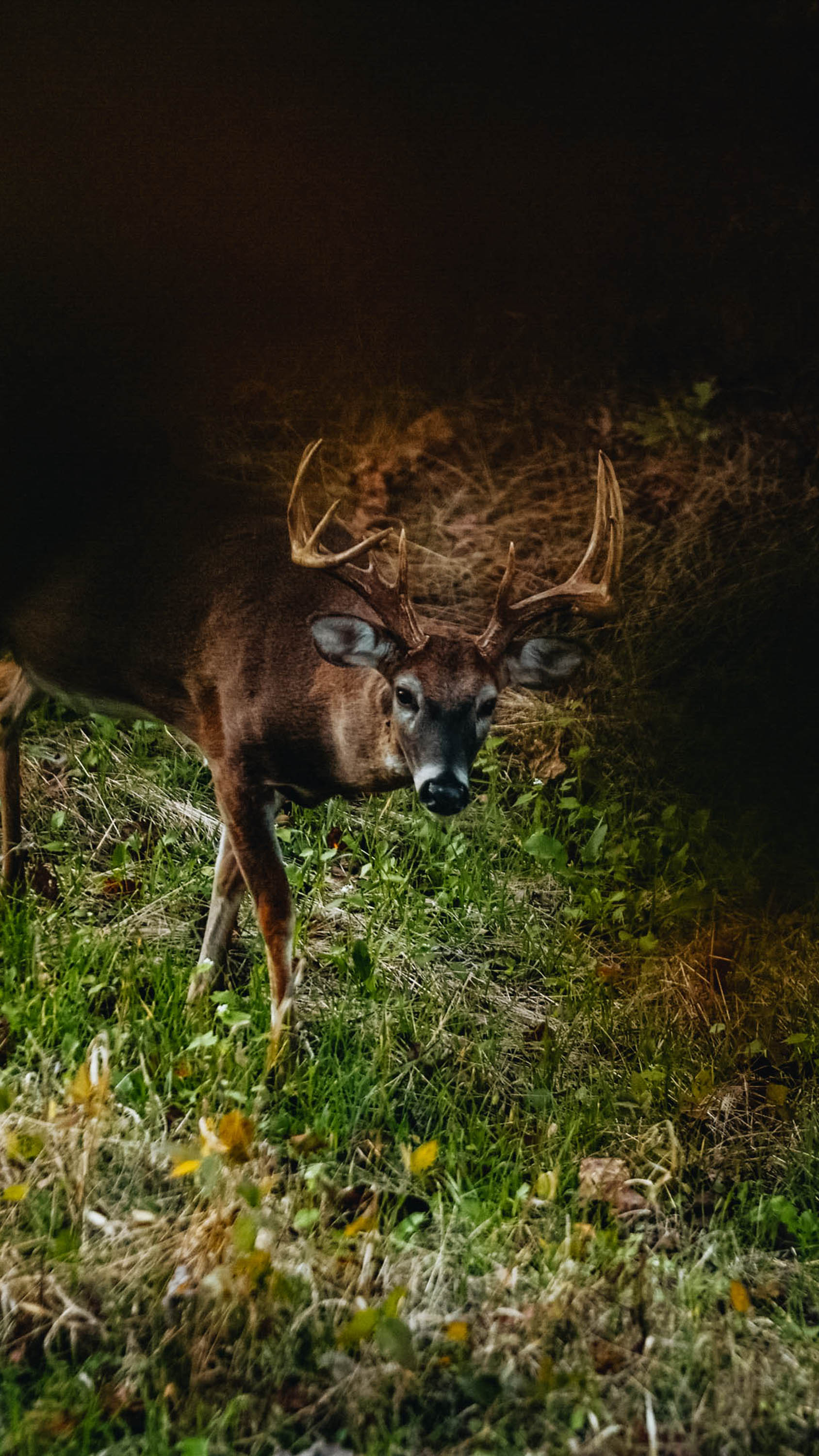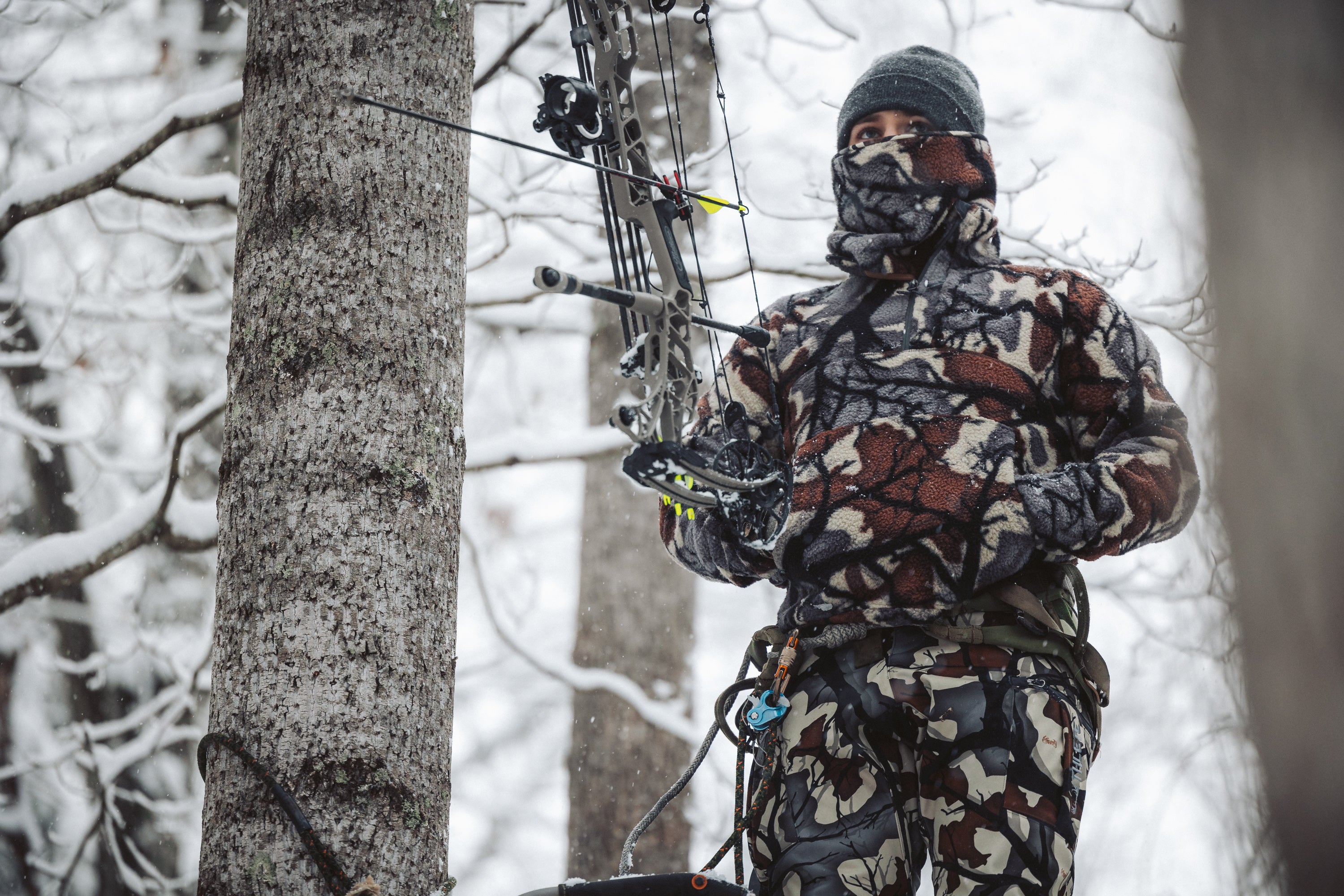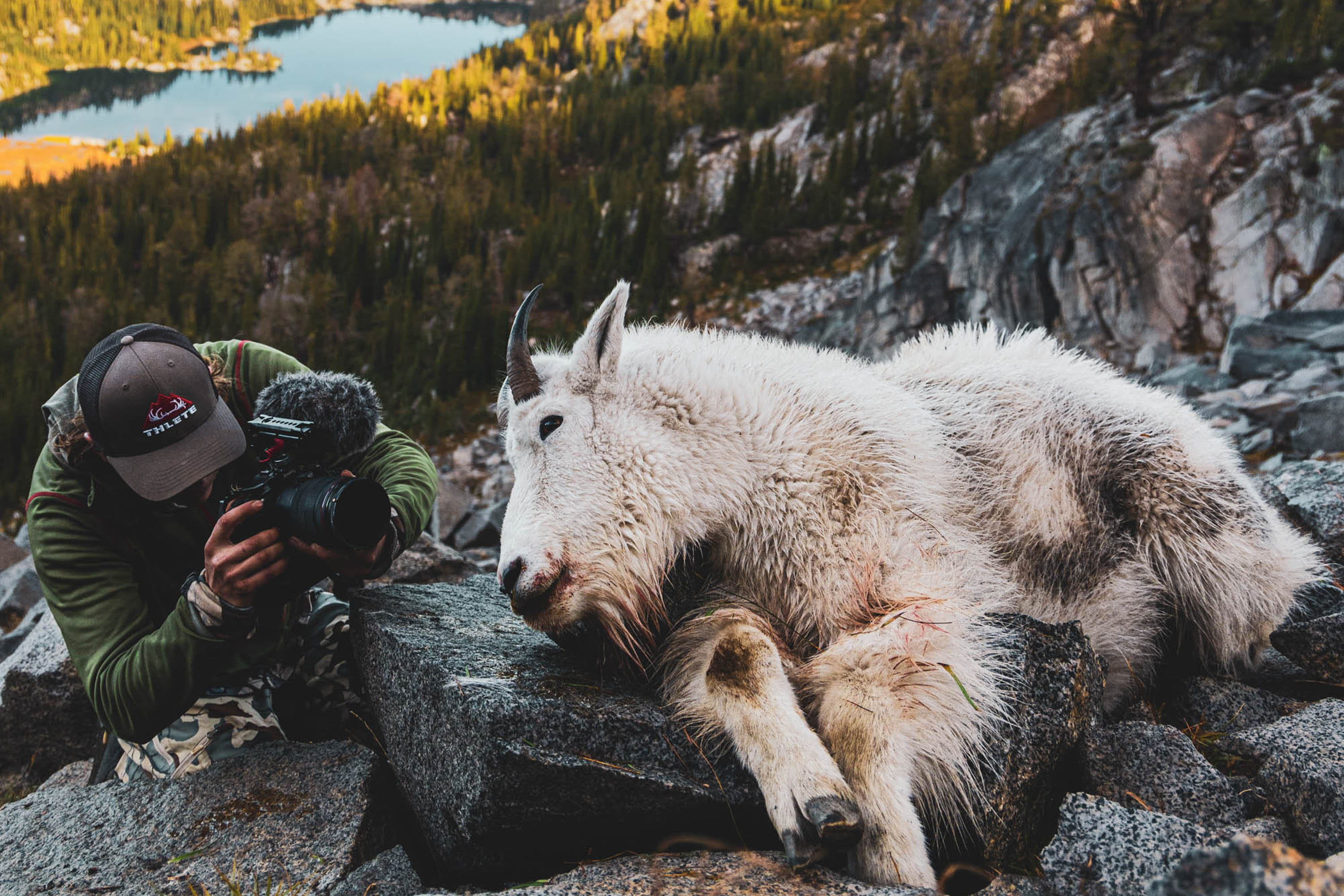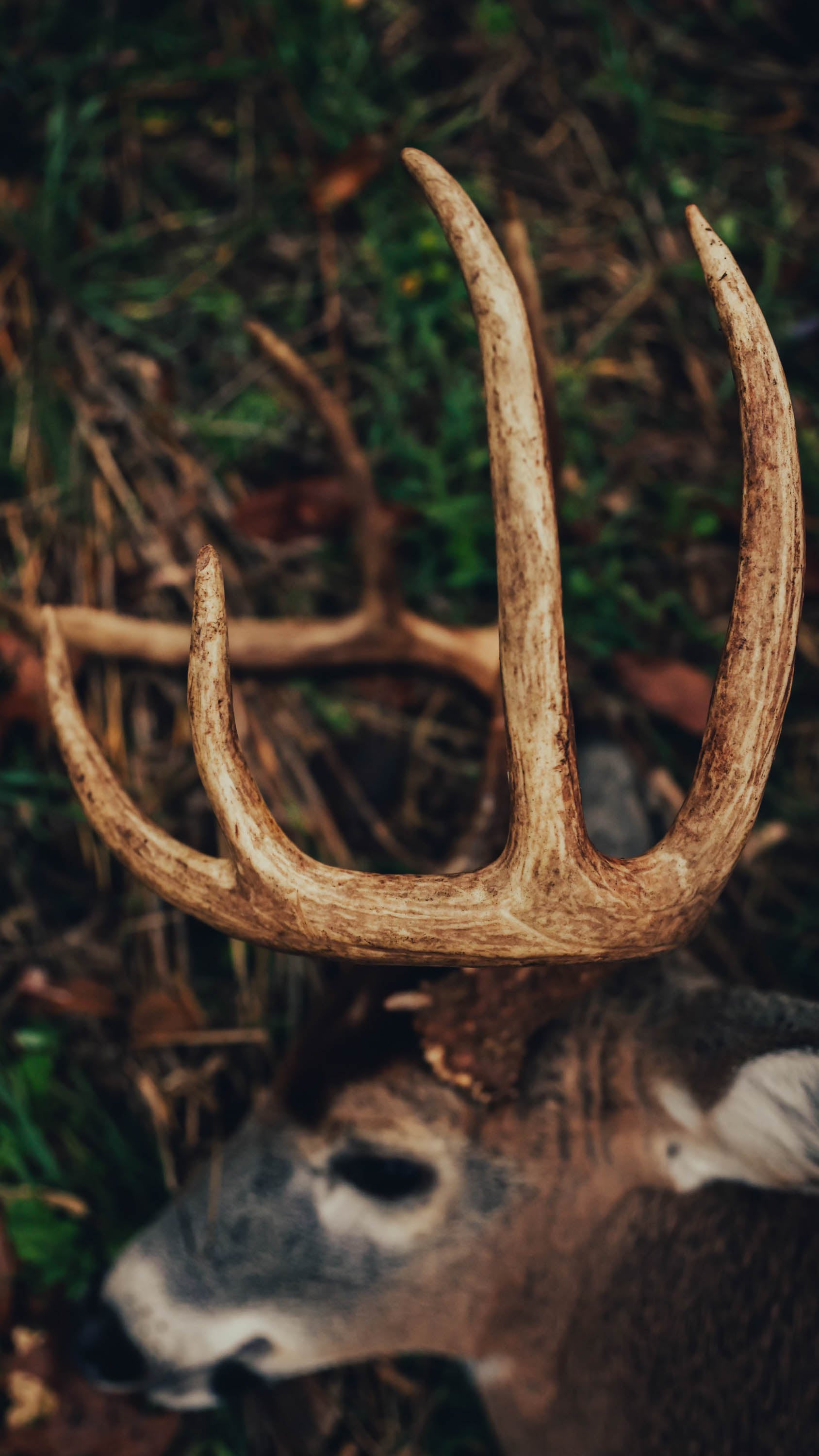
8 Tips to Kill Urban Bucks
Hunting metro whitetail deer requires a particular mindset.
Bucks in the suburbs are very in tune with human activity and how they react is very different from bucks in the big woods. Some whitetails have surprisingly small core areas in the city and how they stay alive revolves around a unique skill set that has been acquired from years of dodging traffic, dogs, and arrows. In the past ten years, suburban bow-hunting has exploded as many people are looking for a spot closer to home to tag out. The deer have responded by acting/reacting differently when human pressure is applied; some bug out and find a new quiet spot to hole up and some may go nocturnal. The suburbs may hold a higher population of trophy animals but hunting them can be very challenging and you have to adjust your tactic to have a chance at a suburban bruise

A metro buck I hunted in the fall of 2015. He later died of an infected hoof (Notice swelling on rear left leg)
1.Hunt on their terms:What I mean by this is that you have to scout them, learn their habits and hunt accordingly. Cameras and time in the truck are the best tactics to achieve this. Many big deer in suburban areas become conditioned to move during specific times. The most overlooked aspect of hunting big suburban bucks is that you have to hunt where they are. Locating where a target animal is and then dissecting his travel habits can be a monumental task but with time and effort, you can formulate a strategy of when and how to kill him. If you want a big mature suburban whitetail, you have to go out and find him. Setting up on the first 5-acre parcel you get access to will not always work.
2.Cover is king:You may have the lushest 3-acre food plot known to man, but if given a choice, I will take the impenetrable thicket down the street. Deer in the metro seek cover more than anything else. When they feel secure, they will move earlier and more frequently. Find thick security cover and you will find big deer and often it will only take a few acres of nasty cover to hold them. One of my favorite areas is metro swamps because they are thick and nobody ever goes in them. Hunting the edges where entrance and exit routes are located can be deadly.
3.Find the funnels:Hunting the edges of neighborhoods means that you will have to put up with a lot of external factors to be successful. However, the property you select and where you place your stand is essential. Look at aerial photos to determine where the funnels are and then put together a list of key properties. In the big timber, a funnel may be a pinch point between two big woodlots, a sharp ridge-top or a shelter belt along a bean field but in the city, a funnel is a narrow strip of woods running between neighborhood developments or highways. Essentially you are replacing natural terrain with man-made. These small corridors get heavy use by whitetails and they usually go unnoticed by residents.
4.Stay out:This rule is pretty generic, but it is better to get cameras up early and then back off when hunting metro whitetail deer. Scout from your vehicle throughout the summer when you can rely on your cameras to expose where the big boys are hanging out. Metro deer may seem nonchalant during the summer when you are watching them make a buffet out of your garden, but as soon as you step into the woods, the rules change. Big metro deer have very little tolerance to intrusion.
5.Hunt THEIR wind:This is a rule that I am still working on but it holds a lot of significance. For big deer to get up and move in the metro, they have to be comfortable. They will bed in locations where they can see and smell everything that is going on around them, these locations will always correlate with a particular wind direction. Some bucks will repeatedly bed in the same small piece of timber, but they will not get on their feet unless the wind is blowing from a direction that allows them to move and monitor what is in front of them. He knows where he wants to go but he will not go during daylight unless the odds are stacked in his favor. Metro deer are so in tune with this aspect that you can use it to your advantage. Some deer will get up and move to feeding locations earlier when they have the wind that they want. We as hunters have become accustomed to hunting the wind that works best for us while on the contrary we should be focused on the wind that works best for them.
6.Hunt the weekend:This is by far my least favorite tactic, but admittedly it does work. Metro deer will hold tight to cover during daylight hours, but occasionally external factors will kick them out of their beds. Human activity all too often will force a big buck to move. When people are outside doing yard work or kids are plotting tree fort locations, deer get kicked out of their beds making them killable. The odds of this happening are much higher on the weekend.
7.Network:Staying in touch with friends and family can have big benefits. If people know that you are on the lookout for small parcels of land and big bucks, word of mouth can be your best friend. Also, if you have any friends and family in law enforcement, ask them to keep an eye out for where big bucks are seen as well as where a lot of collisions occur. A lot of patrol officers work the night shift and will see ten times the deer movement than you will ever see. I have talked to multiple cops in the St. Paul metro suburbs who shake their heads in disbelief when telling me about the caliber of deer they see while on patrol.
8.Be Discrete:Nothing will end a hunt faster than an angry neighbor. Do your best to stay out of sight and only take shots on deer that you know will be lethal. We live in a time when hunting is scrutinized and by hunting the metro we are inadvertently bringing our passion into the backyards (no pun intended) of people who do not see things the same way that we do.

A 3.5-year-old buck in a metro food plot. Consequently, I hunted this deer in 2016 when he was 4.5 but could not outsmart him.
There are a lot of frustrations that go along with hunting metro whitetail deer. Barking dogs, screaming kids, school buses and garbage trucks are all at the top of the list, but some of the biggest deer I have ever seen lived secretive lives in metro areas.
I arrowed this metro buck 15 minutes after this picture was taken in October of 2015. My stand was located within several homes in a suburban area.




